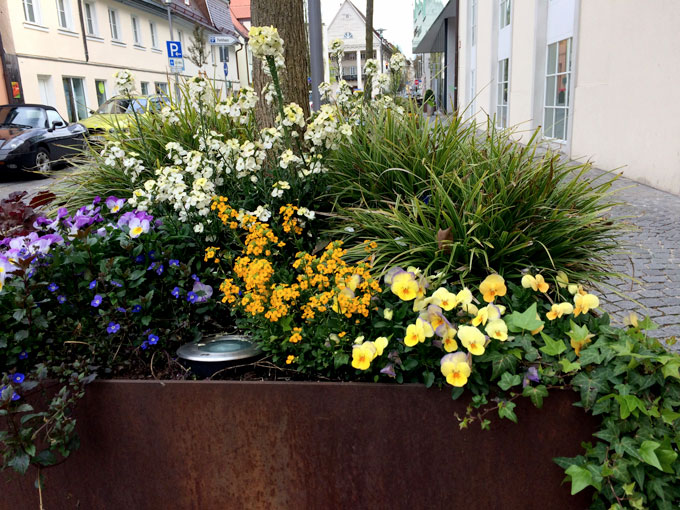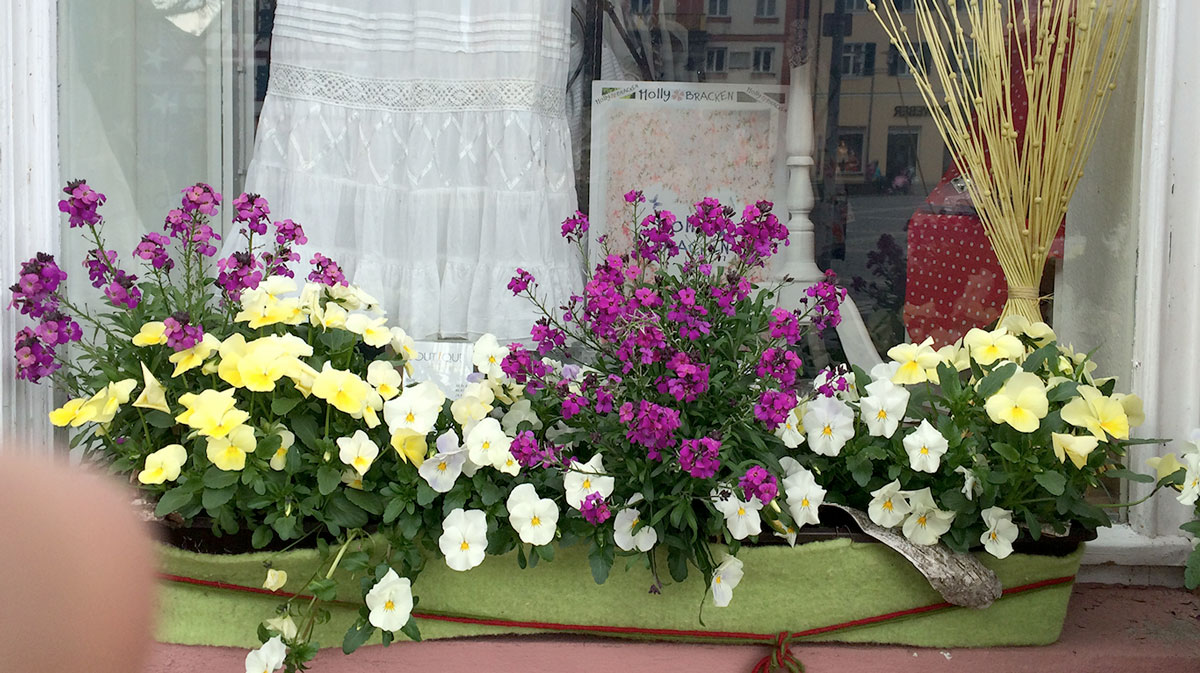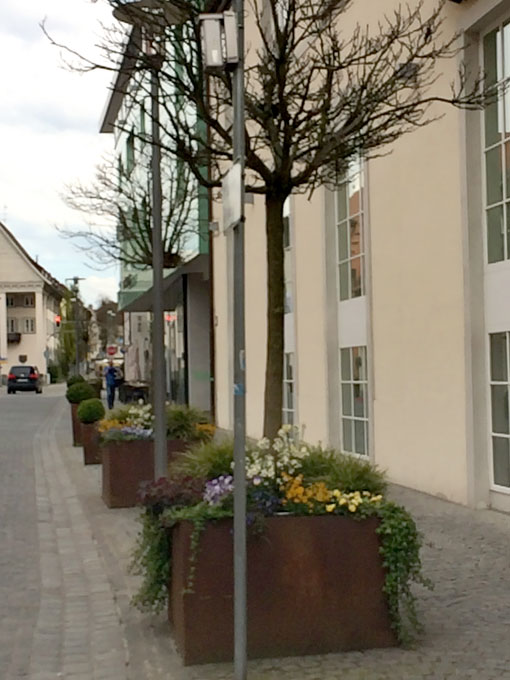Last updated on October 23rd, 2023 at 08:57 pm
Autumn is approaching, the first chrysanthemums are already ready at the discount store, so the question arises: Do I have to dispose of old potting soil and completely replace it with fresh soil or is seasonal planting also economical and easy?
Contents
Good soil is much too good to dispose of.
Good potting soil is not only expensive, but also heavy. Buying bagged soil to transport home is tedious and for that reason alone it is worthwhile not to simply carelessly dispose of it when the season changes, but to continue using it. But is that even possible? If so, how and for what purposes?
The ideal garden is a cycle
Let’s take a look at the situation in the garden for comparison: All kinds of plants grow and bloom there, fade and eventually go to the compost, decay into humus and thus return to and in the beds. Fertilizer is added and in the new season the plants again have everything they need for healthy growth available in the soil. Planting soil not only feeds, it gives the roots support, stores water, excretes too much water, allows air to the roots and, and, and.

Planters are gardens in the smallest of spaces.
In contrast to garden soil, which on the one hand is constantly in motion and in exchange due to the above-mentioned cycle, and on the other hand due to usual gardening activities (hoeing, weeding, planting), planter soil often remains seemingly unchanged in place for months or even years. But on closer inspection, we find that planter soil does not remain so unchanged after all. It is used up: Its structure is lost over time: Initially coarse fibers decay into dust and a good portion is simply consumed by the plants for their growth.
Good plant substrate ensures good growth
When repotting or replanting, the aim is to use fresh planting substrate to create the optimum condition for plants to grow and thrive well. However, this does not necessarily mean that old substrate must be completely discarded. Especially for very tall and large planters, it is worth leaving “old” soil in the lower third and mixing it with fresh potting soil. For the top third, then use only fresh potting soil.
For spring planting, enrich this mixed bottom layer of soil with permanent fertilizer according to package instructions, then place the new plants on top and fill in the gaps with fresh potting soil.
In contrast, chrysanthemums, asters or small perennials planted in the fall, for example from the “Autumn Magic Collection”, do not require any additional fertilizer. They get by with what is now still in the old potting soil or in the additionally used potting soil. After all, the container plants mentioned are already sold fully grown and flowering and now only need to be supplied with water.
When and for what fresh potting soil for planters and window boxes is always worthwhile
The requirements of young woody plants and long-lived perennials are completely different. If they are to grow and flourish healthily in the planter for a while, they need optimal conditions right from the start:
- A sufficiently large planter, preferably too large than too small.
- A drainage layer of gravel or expanded clay as the bottom layer.
- Above this a layer of fleece, so that soil and drainage do not mix with each other.
Very good potted plant soil that retains its structure as long as possible.
The same applies to demanding summer planting in narrow balcony boxes: for example, geraniums, which should bloom profusely throughout the summer. They need the best of the best to score next to an Upper Bavarian balcony.

Where to put old potting soil from planters and window boxes?
Old, used potted plant soil is NEVER waste, but can be reused in the garden and fulfills many useful tasks there. For example for
Mulching. Under hedges, on tree grates, or between perennials and flowers, a layer of old potted plant soil protects against drying out too quickly and helps suppress weeds.
Mounding roses in late fall. Existing root felt decays on its own during the winter. If you are bothered by their appearance, take the old root balls apart a bit by hand beforehand.
Cover the hedgehog’s quarters. Treat Master Mecki to a home-made hedgehog house and cover it well with straw or leaves and finally with a layer of soil. This will keep everything in place.
Insulate. If you want to overwinter potted plants outside, you need a sheltered corner close to the house and insulating material. This can be bubble wrap, or even more environmentally friendly: soil. To do this, place your potted plant in the center of a larger mortar tub and fill the gap between with old soil.
Compost. If you have a compost, you’re fine. Old plant soil becomes fresh, humus-rich compost there, along with green waste, and returns to the garden cycle.
Collect and store temporarily. The next time you need soil for filling, covering or mulching is sure to come. Until that time comes, collect old container planting soil either in old bags, such as those from your last bagged soil purchase, buckets or in a mortar tub. These black things are incredibly practical and fit over the winter in a pinch under the garden bench, in the shed or in the far corner of the garage. Only rainproof covered should your small supply of soil always be.



